Deyi studio
*Semaphore Residency #24
A retreat residency, connected to the context of the Créac’h lighthouse on Ouessant.
Ouessant
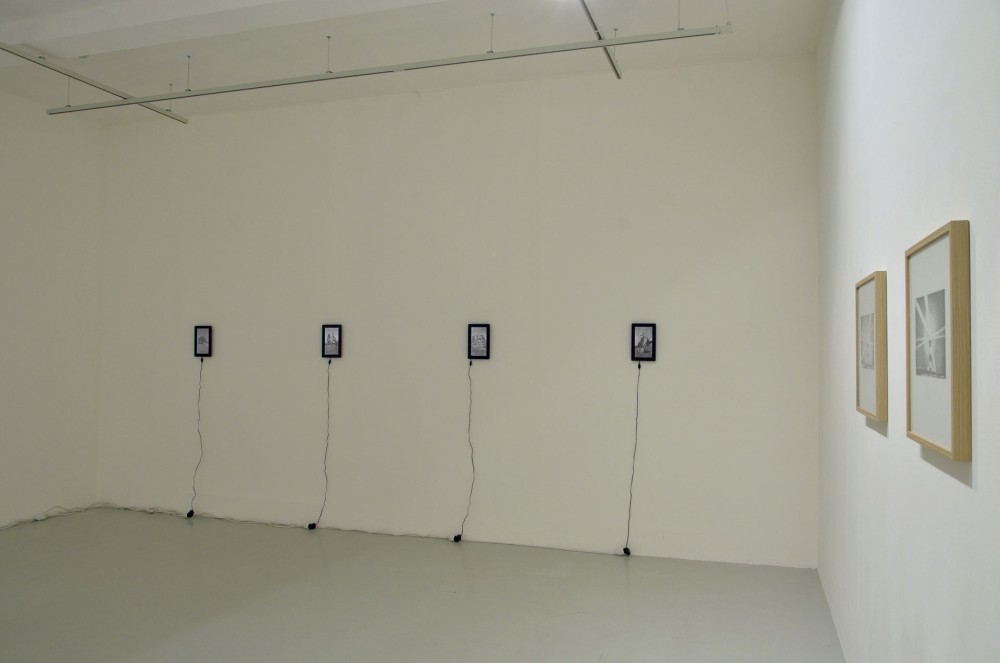
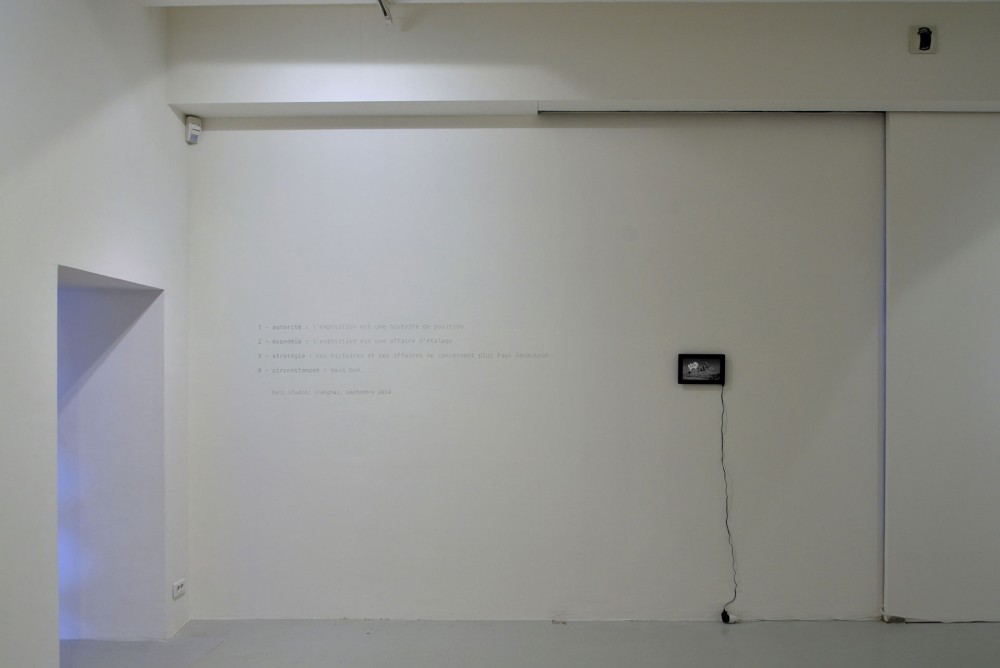
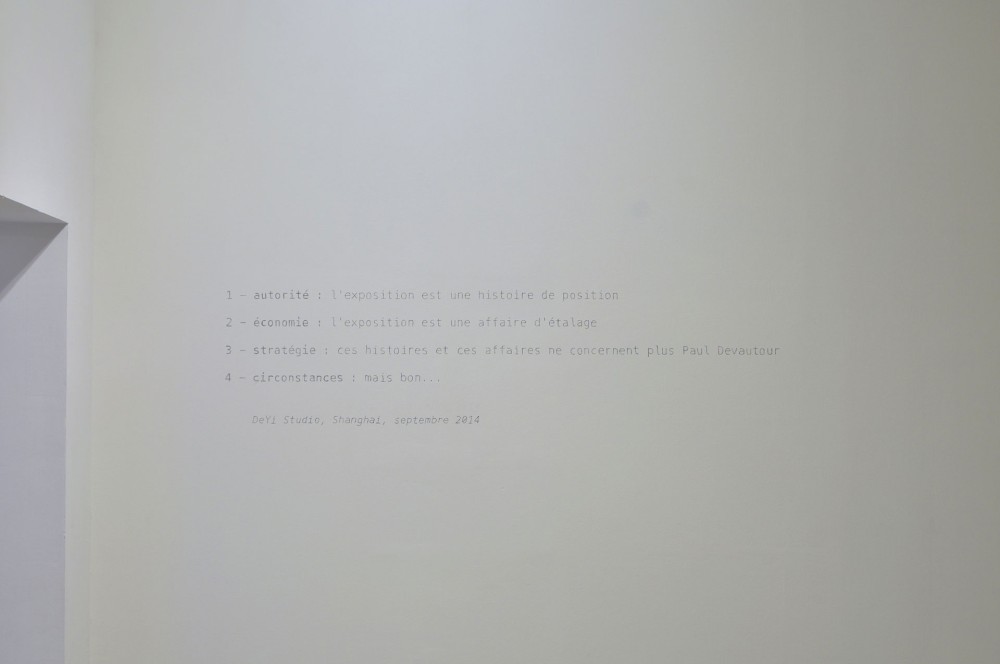
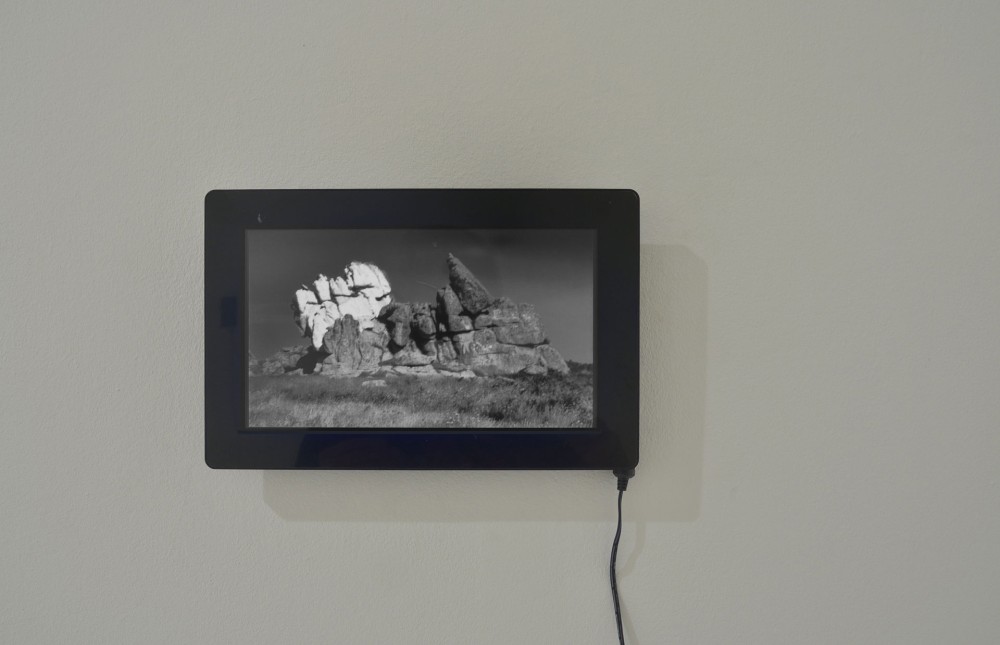
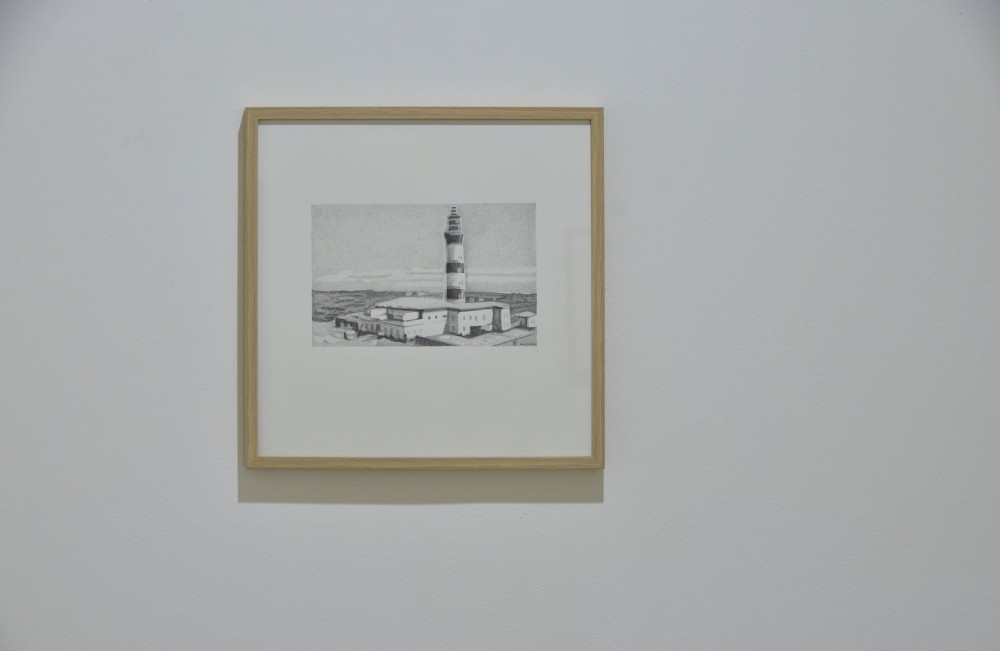
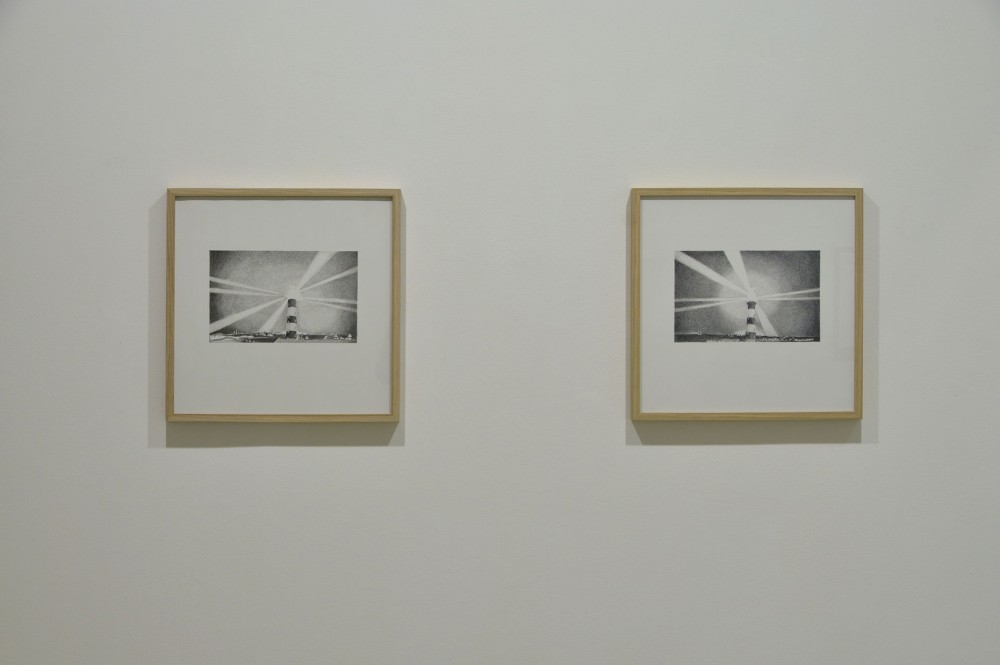
*Semaphore Residency #24
A retreat residency, connected to the context of the Créac’h lighthouse on Ouessant.






At the beginning of this project, there was the need to find a place to stay in France for the summer of 2013 and the memory of a student vacation in Ouessant in 1979, after listening to a radio broadcast in the darkroom of a photo lab in the basement of the family home. The program was about the Pen-ar-Lan cromlech and the hypothetical, mysterious remains of megalithic alignments on the island.
Working year-round in Shanghai, we regularly visit the classical gardens of Suzhou. Our interest in ornamental rocks, the labyrinths of rockeries in these gardens, and the gongshi—those strange stones mounted on sculpted bases that scholars placed in their studies—led us to look differently at the rocks of Ouessant during a brief stay in 2007, especially those set back from the coast, seemingly resting on the grass. Very quickly, the prospect of a residency at the Ouessant semaphore imposed the idea of a spatiotemporal shortcut between the extravagant rockeries of the Lion Forest Garden in Suzhou and the extraordinary rocks at the Pointe de Créac’h.
In a 2012 exhibition at the Guimet Museum, “Scholars’ Rocks – A Journey Through Chinese Art,” there was a magnificent ink painting on paper by Lan Ying (1585–1664), housed in the Metropolitan Museum of Art in New York, titled “The Red Friend.” This two-meter-high scroll depicts only a single stone from Lake Taihu in Suzhou—a pure portrait of a rock.
With the opportunity to stay at the semaphore in July 2013, our intention was simply to revisit the rocks of the Créac’h, Porz Men, and Pern headlands as old friends—motionless and silent—and take the time to make their portraits. We did not yet know exactly how to proceed. Our first idea was to observe them at different times of the day and night and to create large-format photographs. But perhaps they would be drawings or paintings—or why not 3D modeling, or even just texts? In any case, this required a certain proximity and duration.
Perhaps we should have simply embraced this beautiful proximity, contenting ourselves with naming the most remarkable of these tranquil friends, following the tradition of stone lovers after the poet Tao Yuanming (365–427). But today, in Shanghai, it has become difficult to see without recording, to observe without immediately sharing on social media. We failed to resist and ended up capturing a few short videos.
DeYi Studio, Shanghai, January 2018